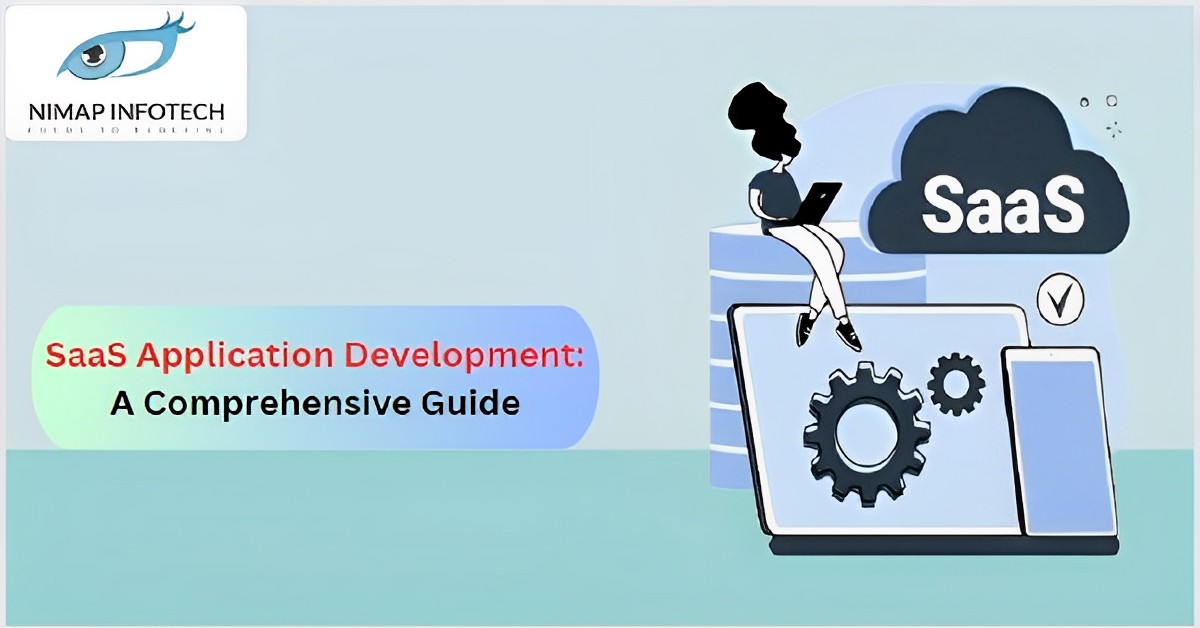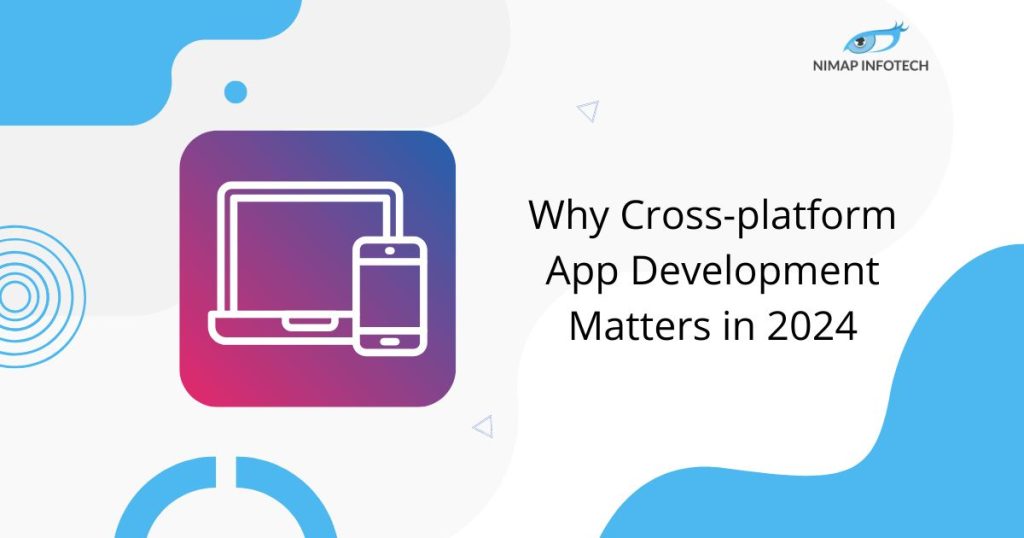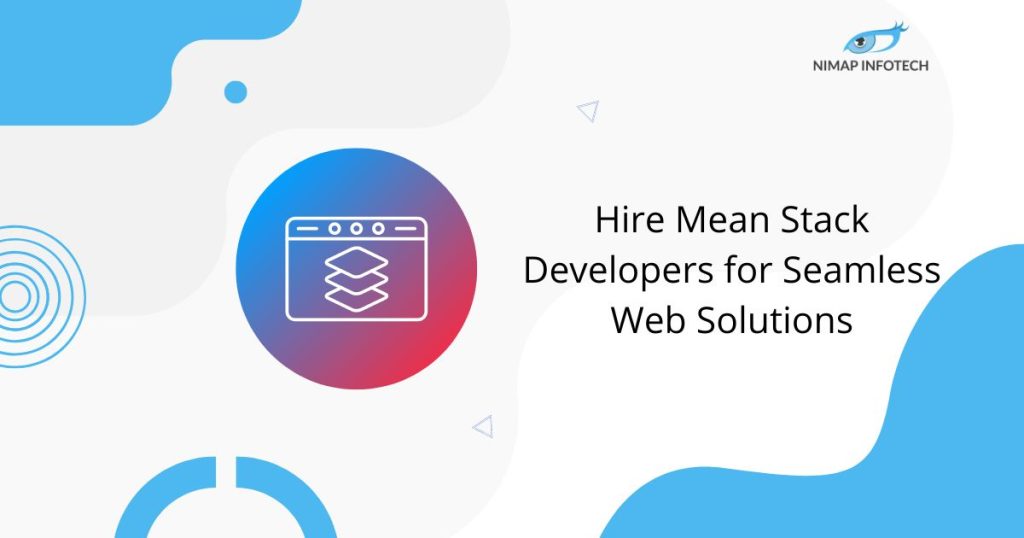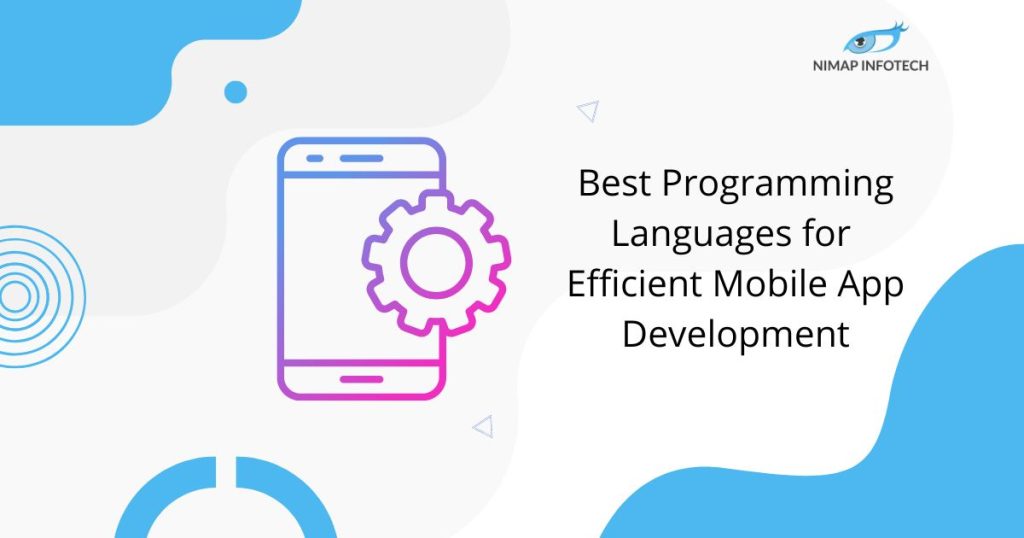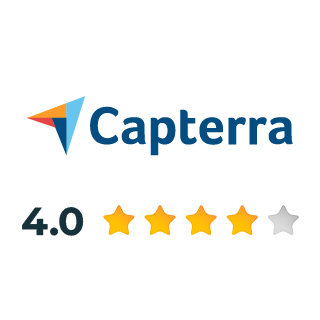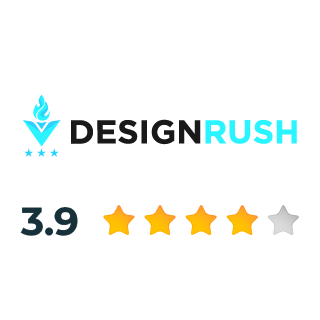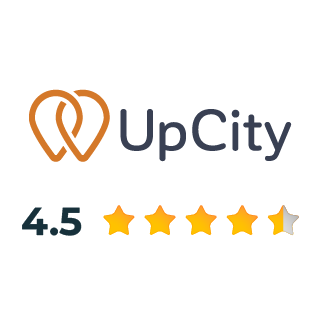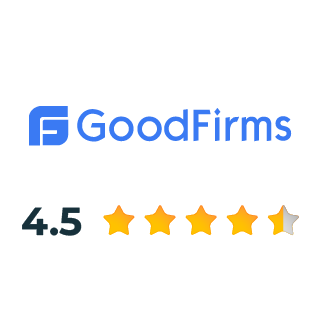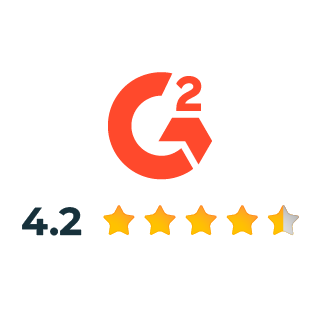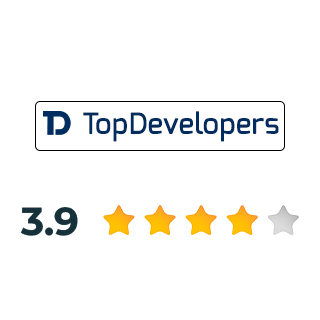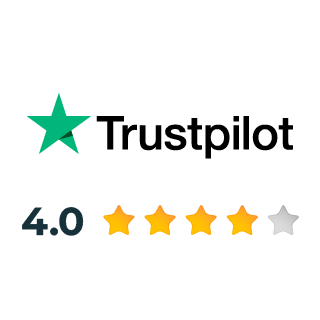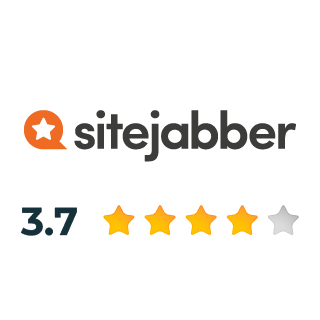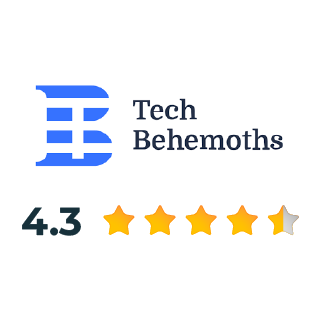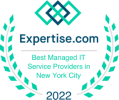The capacity to host and maintain software on a SaaS platform, provide useful SaaS solutions based on client needs, and maximize resources for clients are the basic competencies of SaaS Application Development.
With the growth of SaaS software development, businesses may now make use of the capabilities of cloud technology to develop and manage cutting-edge solutions. What differentiates SaaS apps from traditional software development and how exactly do they operate?
What is Software as a Service?
SaaS delivers cloud-hosted applications via API or internet access. The company agrees to pay just for the software utilized within a particular period of time. Businesses don’t need server setup, software installation, or application activation. SaaS relies on the internet and does away with the requirement for device and infrastructure upkeep.
SaaS applications, usually referred to as web-based, hosted, or on-demand software, are typically services provided by a SaaS provider. It is the provider’s responsibility to make sure the software is trustworthy, secure, and effective.
SaaS strategy offers benefits, and challenges, and discusses potential solutions.
Main Components of SaaS Development
To guarantee a flawless user experience, building a successful SaaS application requires rigorous planning, design, development, and maintenance. Selecting the right technological stack is crucial for successful SaaS development.
- Front-end and back-end frameworks and libraries
- Databases
- Servers
- Infrastructure configuration
Choose appropriate technologies for smooth app performance and future updates.
Benefits of SaaS Development:
With its distinctive combination of affordability, quick deployment and updates, scalability, and flexibility, SaaS development offers a multitude of advantages for enterprises wishing to make use of cloud computing through cloud services.
Examining benefits and predicting outcomes for SaaS application development.
Cost-effective:
- Affordable SaaS application development is a crucial advantage.
- SaaS solutions can drastically lower upfront costs and offer a subscription-based income model that appeals to organizations of all kinds by doing away with the need for pricey hardware, expensive software licenses, and continuous maintenance.
- By focusing more resources on other crucial areas, including product development and marketing, this cost-effective strategy enables businesses to expand their operations.
Also Read: SaaS Software Production Readiness Checklist
Scalability and Flexibility:
- SaaS development company provide unmatched flexibility and scalability solutions, making it simple for enterprises to accommodate expanding user bases and adjust to shifting business needs.
- SaaS applications scale vertically and horizontally without sacrificing performance for growth.
- Scalability benefits businesses expanding rapidly and meeting variable demand by quickly modifying software.
Customized software:
- Applications built specifically for consumers’ needs might offer an enhanced user experience. Businesses may provide a uniform experience thanks to it, and it strengthens their brand.
Faster to market:
- Applications are sent ready to use, which is a departure from the standard method.
- Within hours, you can install the application, construct a server for the required cloud instance, and start using it.
- Eliminates server infrastructure upgrades, installation, configuration, and post-implementation issues.
Challenges in SaaS Development:
- SaaS development overcomes challenges with strategic teams and talent.
- Examining common challenges in SaaS development and offering solutions.
Security and data protection protection:
- SaaS apps place a high premium on ensuring user data security and adhering to data protection laws.
- Developers must safeguard user data and comply with industry standards like PCI-DSS and GDPR to protect sensitive information in applications.
Integration with third-party services:
- Consider potential data performance and security risks. Evaluate and select reputable third-party services, and implement security measures.
- Regular monitoring and testing ensure proper integration functionality.
- Assess third-party services’ security and dependability before SaaS integration.
- Extensive testing and monitoring are crucial for identifying and resolving integration issues.
Complexity of software:
- Extensive programming expertise and a thorough grasp of the system architecture are required to create a custom SaaS application.
- Flexible, scalable application adapts to customer’s changing needs.
- The SaaS provider must strike a balance between offering customizable features to a select group of premium customers.
Read More: How to Manage Risks in Life Cycle Software Development
Solutions to SaaS development
The difficulties of developing a custom SaaS application can, fortunately, be overcome in a number of ways. Utilizing a cloud platform like Microsoft Azure or Amazon Web Services (AWS) is one option. These platforms offer a reliable and affordable alternative for individual SaaS applications.
Cloud platform simplifies application development and deployment. Ensure the development team is knowledgeable about technology trends and industry standards. Utilizing a skilled development team can assist in guaranteeing that the application is created with scalability and flexibility in mind.
To successfully enter the software-as-a-service industry, one must overcome obstacles and put best practices into practice. SaaS provides too many advantages to ignore.
SaaS development is becoming more and more popular and significant, giving companies a practical, scalable, and adaptable way to provide software to their clients.
Designing successful SaaS applications requires understanding fundamental elements, assembling a knowledgeable team, and overcoming obstacles for long-term success.
SaaS development can open up new doors for innovation, growth, and competitive advantage in today’s fast-paced digital market with the appropriate approach and a proactive mindset.
